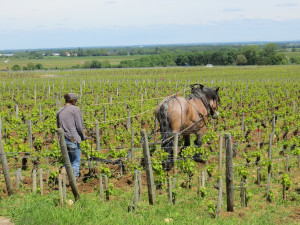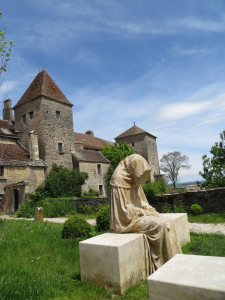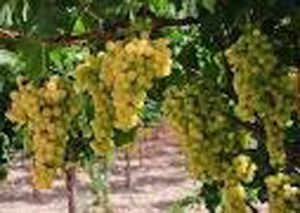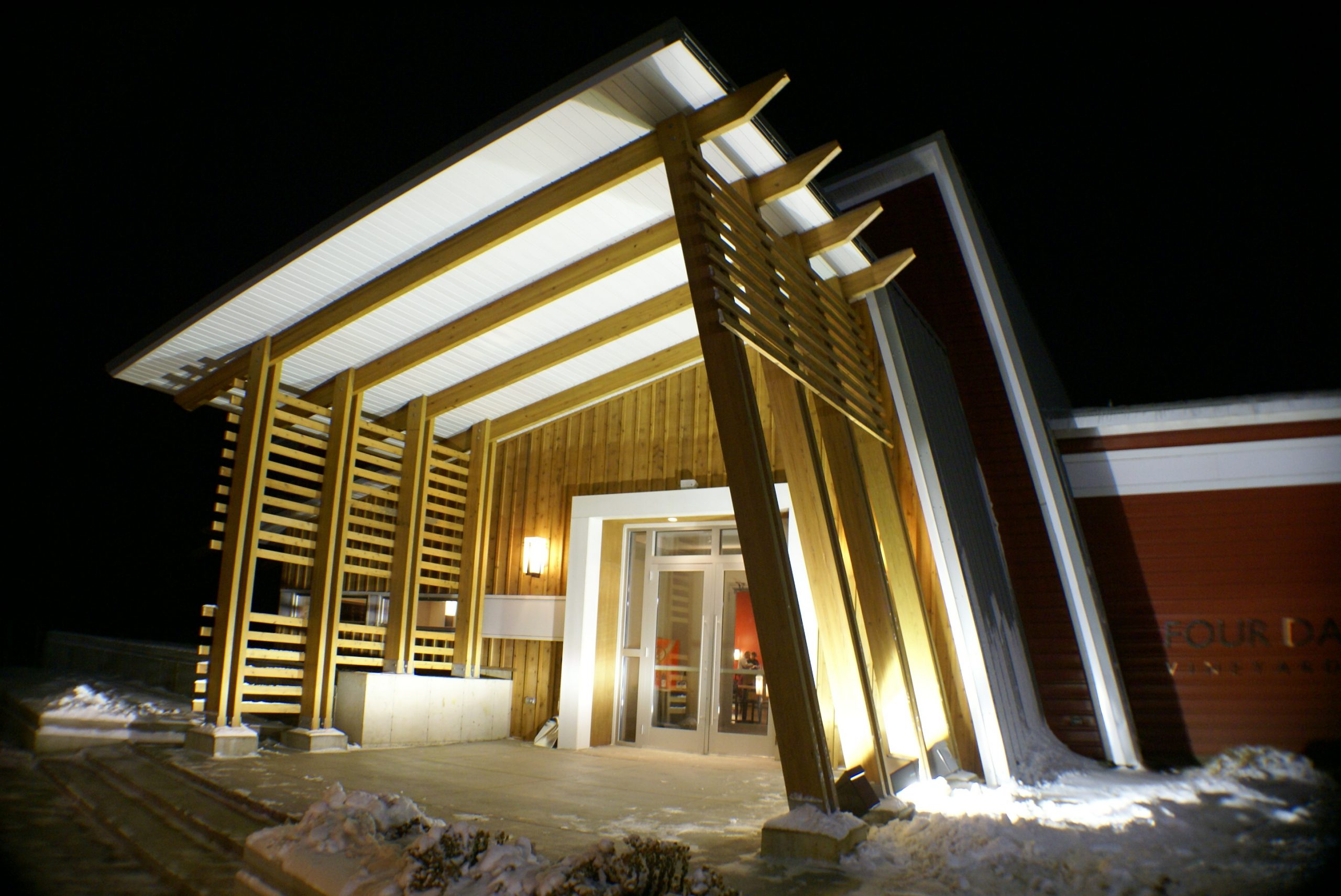Labrusca Wines Deserve More Respect
When discussing wine, it is close to fatal to suggest a wine is a Labrusca or even has some Labrusca characteristics. Winemakers, enthusiasts and sommeliers will drop the discussion like it was a cold that is still contagious. No wine professional wants to be consorting with or making wine from any Labrusca variety.
To understand how Labrusca wines are viewed in the U.S. today, we must start in Europe. That’s because wine drinking traditions in the U.S. really came to us from Europe. The “old world” has been drinking wine and creating traditions for centuries.
European wine is all made from the grape Vitis (referring to grape) Vinifera (meaning ‘wine-bearing”). Thus vitis Vinifera refers to ‘winebearing” grapes and in this tradition, is the only family of grapes from which wine is made.
However, when the Phylloxera louse was accidentally imported into Europe in the 1800’s, it killed off the Vinifera vineyards in a true epidemic. In desperation, the Europeans launched a multi-pronged effort to overcome the problem: hybridizations, insecticides, importing immune varieties and grafting were all tried to rescue the European wine industry. One strategy to save wine production was to import and plant American vines, mostly vitis Labrusca varieties, also known as the Concord grape family.
Because of their immunity to Phylloxera root damage, planting of Concord-type grapes rescued the French wine industry in the mid-19th century. However, Concord grapes became less appealing to the Europeans when they discovered that grafting the old Vinifera varieties, like Cabernet and Chardonnay, onto these American grape roots made the traditional grapes immune as well.
By the time the French realized American rootstock could be grafted on French grapes, many acres of Labrusca grapes had been planted. The two types of grapes co-existed in France and elsewhere until the new grapes started winning awards in direct competition with native Vinifera. Worse yet, Labrusca wines became popular with the French people, threatening and even displacing the traditional wines of France in some instances.
These new grapes were also much easier to grow than the medieval varieties championed by the French wine industry. Labrusca grapes made delicious wines with wonderful flowery aromas, even without aging in oak barrels.
Realizing that these new grapes threatened the powerful wine industry of France by destroying the aura of superiority surrounding their storied wine grapes, the French government began a campaign to have them outlawed. Despite their popularity, the French government eventually banned Labrusca as ‘low-quality” and made them illegal to grow in established winegrowing areas of France.
The banishment was successful. Despite being grafted onto American grape roots, the traditional French varieties retained their status as the world’s finest. French wine continued to sell for hundreds, and today, even thousands of dollars a bottle. Everything else was considered ‘low quality.”
It is important to remember, however, that in many parts of Europe where there are no powerful, established wine industries Labrusca grapes continue to be grown. In large areas of Eastern Europe Labrusca varieties remain popular today.
In the U.S., wine importers faced problems even worse than the post-Phylloxera epidemic European wine industry. Selling French wines to Americans who did not share the French palate was a challenge. Most Americans were accustomed to local, non-vinifera wines, i.e. good old American Labrusca wines.
Importers combated this problem by declaring their wines the finest in the world, made only from pure vitis Vinifera grapes from the famed regions of France and along the beautiful Rhine and its tributaries.
As proof of superiority, they cited the famous wine classification of 1855 which rated all the regions of France, bringing international fame to the town of Chablis among others and the famed ‘first growths” of Bordeaux and Burgundy and elsewhere. Other “lesser” regions were less likely to get the most from their grape varieties and ‘hybrids” were to be expunged, as they allegedly produced low quality wines without exception.

Traditions are respected in French wine making. This photo was taken in the Cote du Nuits region during 2013.
To the average American, French Vinifera wines tasted strange, if not downright awful. Undeterred, importers assured skeptical wine drinkers that these were the best wines in the world and one had to learn to appreciate them. For example, the “experts” explained that some red wines were not ready to drink immediately after purchase, a concept that continues to puzzle Americans today.
Once importers managed to separate palatability from quality, wine drinkers had to depend on others to distinguish good wine from bad. No longer could casual wine drinkers comfortably drink the wines they had come to enjoy. Odd flavors and tannins were unappealing to many; nevertheless, we were assured the Vinifera wines were superior. The pleasant fruit flavors and rich aromas of Labrusca wine became unfashionable and subject to criticism.
While the experts passed off hybrids as low quality, they saved their harshest criticism for Labrusca grapes. The wine establishment criticized Labrusca wines without mercy without being specific about their faults. The Labrusca grapes, known commonly as the “Fox Grape,” have distinct characteristics, but accusing a wine of being ‘foxy” was the worst criticism any wine could endure.
Today, our understanding of wine quality and palatability has completely gotten away from us. Unable to identify why these wines were so bad in the first place, we now accept this expert advice without question. No one wants to drink what they are told is bad wine, even if the wine tastes good.
While the famous 1855 wine classification that created this aura was released as a scientific and educational report of the highest order, it was in fact one of the most successful marketing schemes in history. We still toy with the belief that only in the designated areas of Burgundy and Bordeaux can the finest wines in the world be created. The incredible prices commanded by these wines tells us that many still believe in these old European ideas . Moreover, we have come to believe that only those medieval grapes, whose origins are mostly lost in the mists of time, can be used to make these finest wines.
Those who don’t believe this ancient influence endures can look in any fruit growers magazine. The pages will be full of ads and articles describing numerous new peach, plum, pear and apple varieties. New table grapes are featured, but you will not find a single new wine grape in the mix.
All the established wine producing areas of the world hold slavishly to Chardonnay, Cabernet Sauvignon, Pinot Noir with a few cutting edge, but medieval, Malbecs, Tempranillos or Sangioveses. In effect, the old wine classifications from the 1800’s have us believing that the apex of viticultural excellence was reached back in medieval Europe. Hundreds of years of human creativity has revolutionized almost every industry on earth, but much of the wine world is stuck in the dark ages.
Not all wine drinkers agree with the old world order, however. In addition to the continuing popularity of early American grapes in many parts of Europe, many Labrusca wines do sell well in the United States. For example, the humble Edelweiss, a typical Labrusca and cold hardy Swenson Hybrid from Wisconsin, has found a place as a wine variety in the Midwest.
In fact, reports from Nebraska liquor stores indicate that Edelweiss wines sell better than any French Bordeaux, California Chardonnay or Australian white blend. A source in Iowa says Edelweiss is a top seller there as well. Donniella Winchell of the Ohio Wine Producers Association estimates that an incredible 80% of the wine sold east of the Rocky Mountains are Labrusca wines. Does this sound like ‘bad” wine or more likely a threat to the wine producing status quo?
To its credit, our common little Concord and its relatives have become popular in some areas without much publicity. Labrusca grapes grow well, are very disease resistant, bear heavily and are reliable. And they remain popular despite attacks from wine authorities near and far.
Quite inadvertently, Labrusca nearly unseated the lofty French wine Industry 100 years ago. Without much fanfare, they have become a fixture of the American wine scene as well.
Labrusca is wine of and for the people. The case could be made that if not for ingrained prejudices, our common Labrusca could for many reasons be a better type of wine grape than the traditional grapes of Europe.
John is a regular columnist in Midwest Wine Press and a vineyard and winery owner in Lake City, Minnesota. See Great River Vineyard and Nursery for more information.






Well written-learned a lot-proof is in the taste
John,
Bravo. Great article and analysis. I have often wondered why someone didn’t start up a small winery and just make varietal wines out of the dozens of really good Labruscas, especially the white varieties which can make a better white wine than most French Hybrids.
Lucian
My Labrusca based wines are my best sellers. I grew up with labrusca grapes and can’t stand the jelly or other myself at all, I ate strawberry jam as a kid or apple jelly. I was amazed to find grape wine I did like a lot in my later years of college. But, the majority of people in this area do like labrusca based wines and I get visitors from Europe to my surprise who often prefer the sweeter labrusca wines. In talking with another winery owner a long time ago had said the same thing, that most of the Europeans they had visit preferred their sweet labrusca wines. Of course I do get a fair complement that express they are pleasantly surprised that I have quite a few dry, non-labrusca wines. Apparently most wineries in much of Ohio do make mostly sweeter and labrusca based wines. They have to make what will sell here.
Yep, labrusca-based sweet/semisweet wines(especially whites and rose’s) are very popular. I think the “flavor profile”(very aromatic/fruity, and sweet) of labrusca wines is a close cousin to Moscato wines. And we all KNOW how popular those wines have become!(for example, http://www.decanter.com/news/wine-news/583798/moscato-drives-us-wine-sales-to-new-heights
I have making delicious wine with labrusca here in Brasil, and agree with you. If we make wine with Vitis labrusca is a sign that she is a viniferous species and not only a “table’s grape” like europe says. The good wine is one that appeals to our taste and not what pleases the ego of doctors wine .
Thanks for this very helpful article! I had been doing research to dind out why Vitis Labrusca wines are considered inferior to Vitis Vinifera. Now I understand it’s all a marketing scheme. I’m going to keep going and plant more vines! Maybe I’ll have my own winery someday.